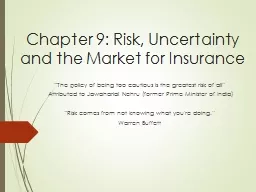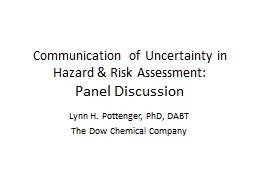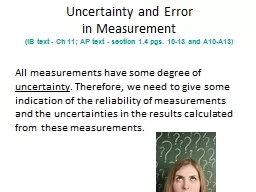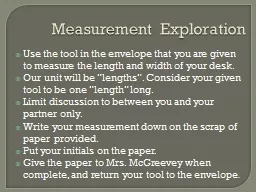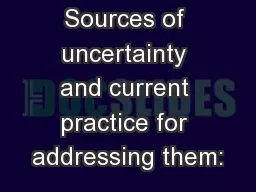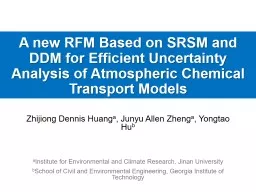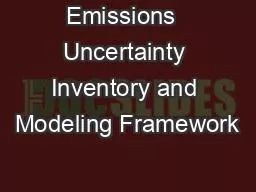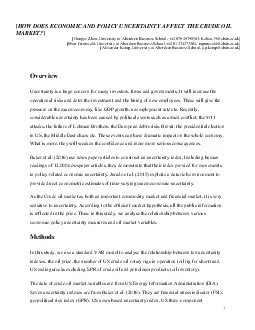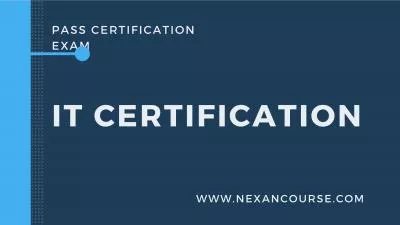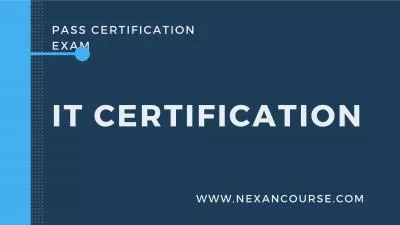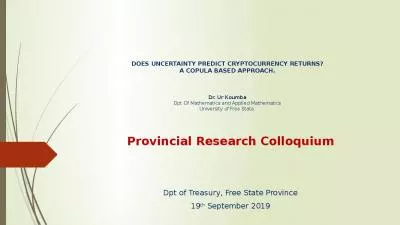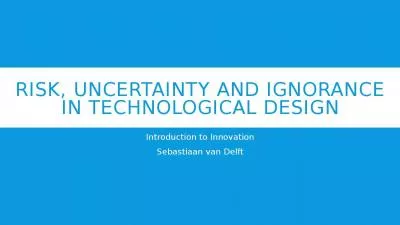PPT-Chapter 9: Risk, Uncertainty and the Market for
Author : natalia-silvester | Published Date : 2018-03-22
Insurance The policy of being too cautious is the greatest risk of all Attributed to Jawaharlal Nehru former Prime Minister of India Risk comes from not knowing
Presentation Embed Code
Download Presentation
Download Presentation The PPT/PDF document "Chapter 9: Risk, Uncertainty and the Mar..." is the property of its rightful owner. Permission is granted to download and print the materials on this website for personal, non-commercial use only, and to display it on your personal computer provided you do not modify the materials and that you retain all copyright notices contained in the materials. By downloading content from our website, you accept the terms of this agreement.
Chapter 9: Risk, Uncertainty and the Market for: Transcript
Download Rules Of Document
"Chapter 9: Risk, Uncertainty and the Market for"The content belongs to its owner. You may download and print it for personal use, without modification, and keep all copyright notices. By downloading, you agree to these terms.
Related Documents

